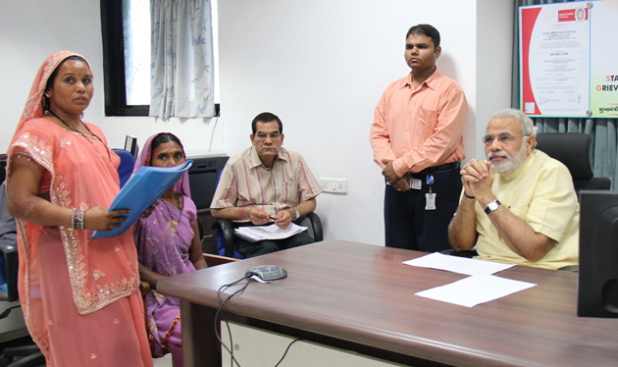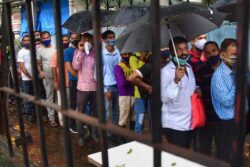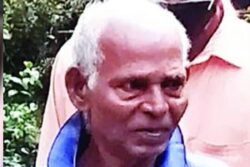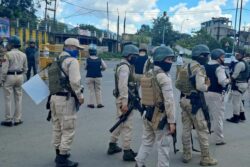Why has Modi’s Excellent Public Grievance System (SWAGAT) never been talked about?

Anti-Corruption Hotline in Delhi has been touted as an amazing new thing for great Governance that AAP has brought in. But is it the first time that such a thing has happened in India?
Apparently, it seems no! Gujarat has had SWAGAT – an Online Grievance Redressal system for the common man. And, it wasn’t set up now. It has been going on since 2003! The idea is not to simply set aside the complaint and move on. The measure of success is redressal of the complaint.
…is a three-tier grievance redress system in Gujarat: Taluka, District and State level. All grievances are reviewed by the Chief Minister himself. The review is done based on the problems solved and not on the petition disposed.
The scheme and its execution has won the United Nations Public Service Award in 2010.
The system works in a Decentralized way but the responsibility and the redressal is handled centrally. Thestep-wise Process of addressing the complaint is:
- Grievances are logged in, transmitted and made available online to the officers concerned who have to reply within 3 to 4 hours.
- The departments concerned then have to be ready with the replies, before 3 p.m., when the Chief Minister holds video conference with all the districts concerned.
- Applicants are called one by one and the chief minister examines each complaint in detail.
- The information sent by the department is also reviewed online in the presence of the complainant and the Collector/District Development Officer/Superintendent of Police and other officials concerned.
- Attempts are made to offer a fair and acceptable solution on the same day and no applicant has ever left without any firm reply to his grievance.
The entire process relies on the Gujarat State Wide Network GSWAN – and “it connects the Central State Secretariat with all central ministries and departments, with all 25 district headquarters (the second tier of state government), with hundreds of district-level offices, and with all 225 taluka headquarters (the third tier of state government). A relatively simple intranet-based application was developed in order to administer and manage the SWAGAT cases.”









